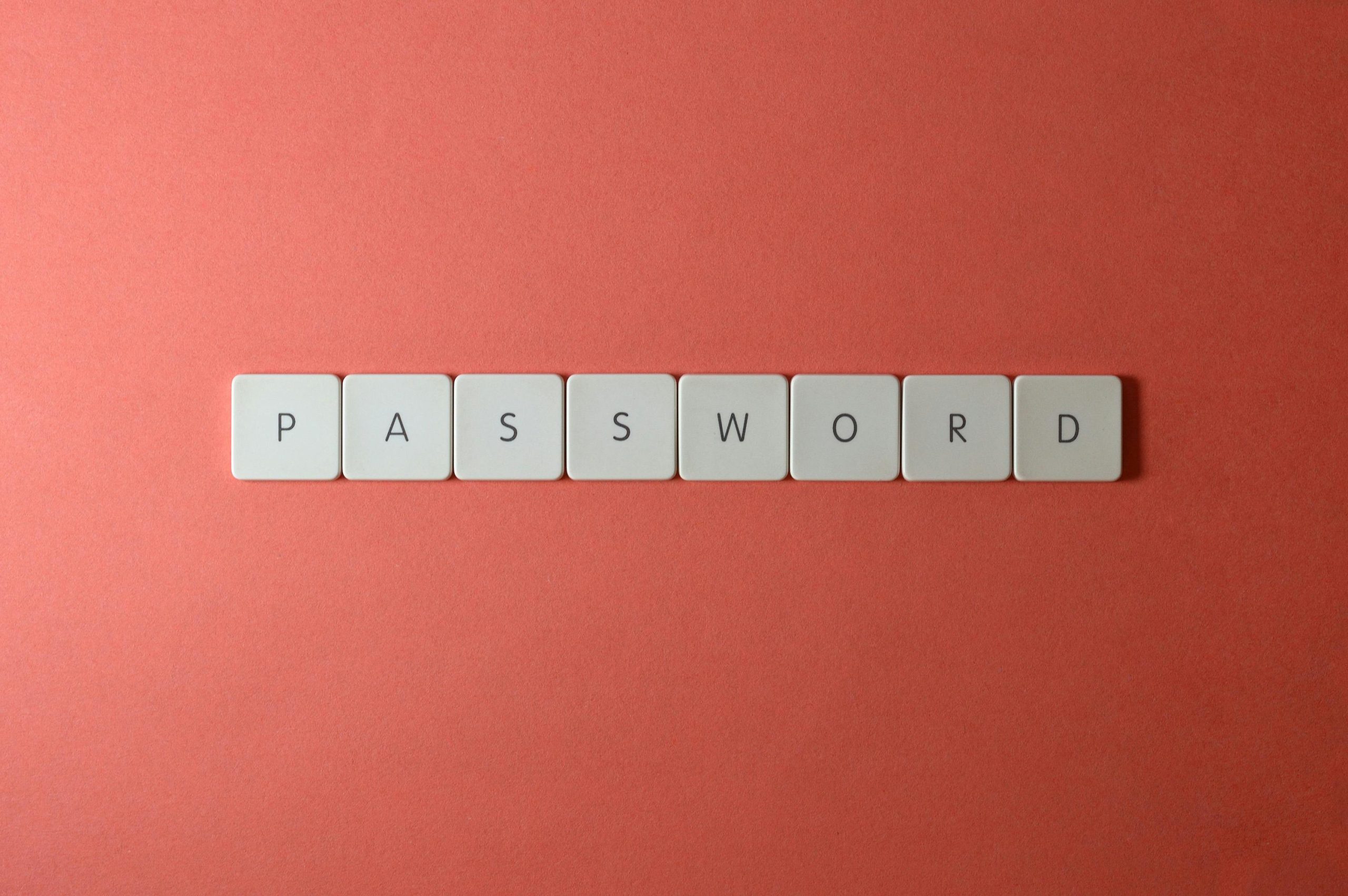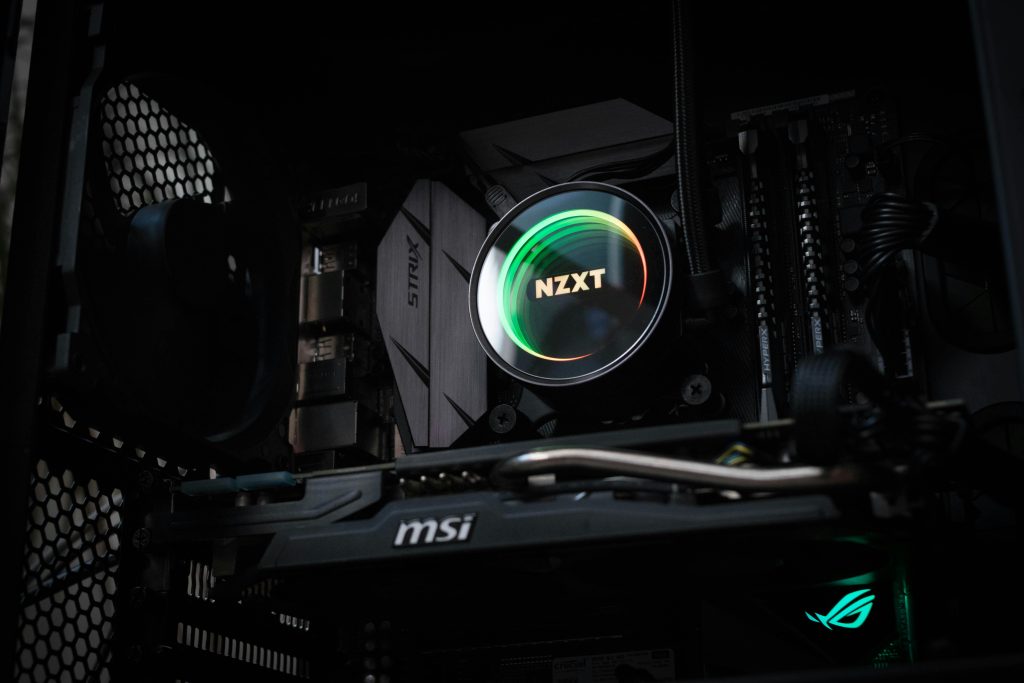Troubleshooting the INACCESSIBLE_BOOT_DEVICE BSOD: A Journey to Resolution
Encountering a blue screen of death (BSOD) can be one of the most frustrating experiences for anyone managing multiple computer systems, especially when you’re faced with the cryptic INACCESSIBLE_BOOT_DEVICE error. After cloning numerous computers, I recently came across this puzzling issue that left me searching for answers.
Understanding the INACCESSIBLE_BOOT_DEVICE Error
Typically, the INACCESSIBLE_BOOT_DEVICE error can be attributed to incorrect storage controller configurations. In approximately 95% of cases, it relates to improperly set drivers residing in the registry or a BIOS/EFI configuration that hasn’t been correctly optimized for either AHCI, VMD, or RAID setups. However, in this instance, I was confronted with a significantly more complex scenario.
Steps Taken to Diagnose and Resolve the Issue
-
Registry Adjustments: I meticulously set the AHCI and NVMe drivers to initiate at boot through the registry.
-
BIOS Configuration: I ensured that VMD was disabled in the BIOS, allowing AHCI to be the active setting.
-
Secure Boot Check: I tested both with and without Secure Boot enabled to see if it made any difference.
-
Partition Verification: I double-checked the partitions and even recreated a new EFI System Partition (ESP) using FAT32, employing the familiar bcdboot commands, ensuring that the path to winload.efi was accurate and intact.
-
Source Device Considerations: Since the original clone was from an HP laptop equipped with an AMD chipset, I temporarily disabled all related AMD and HP drivers. The attempts to clone to two separate Intel laptops didn’t yield success, whereas cloning to another HP AMD device worked seamlessly.
-
Driver Integrity Checks: I confirmed that the stornvme drivers were not corrupted by copying them from a reliable source.
-
Service Management: To eliminate potential interference, I disabled any non-essential RAID/VMD services and drivers.
-
System Health Checks: I performed filesystem checks, running SFC and DISM, both of which reported no issues.
-
Exploring Other Options: Although a fresh install booted without a hitch, simply copying the Windows directory over introduced profile and app complications, leading me to abandon that approach.
-
Boot Logging Investigation: I attempted to enable boot logging, but it failed to generate any helpful srttrail.txt
Share this content:




Hi, thank you for sharing your detailed troubleshooting process regarding the INACCESSIBLE_BOOT_DEVICE error. This BSOD is commonly related to storage controller misconfigurations or driver issues, especially after cloning or hardware changes. Your approach of adjusting registry settings, verifying BIOS configurations (like enabling AHCI and disabling VMD), and ensuring the EFI partition is correctly configured is spot-on.
Additionally, it’s important to confirm that the storage drivers—particularly for NVMe or any RAID controllers—are compatible and correctly signed for the current hardware setup. Since cloning from an AMD HP device to a different system led to issues, you might also consider creating a new, clean Windows installation on the target hardware and then migrate data, rather than cloning, to avoid driver and hardware mismatch complexities.
Regarding boot logging, if the default method isn’t generating logs, you can try enabling Windows Boot Logging manually by booting into Safe Mode with Networking, or use advanced startup options to turn on boot diagnostics. Tools like Windows Performance Toolkit can also provide more insights. Furthermore, updating your BIOS/UEFI firmware to the latest version might help resolve underlying compatibility issues.
If you continue experiencing issues, consider capturing the dump files generated at BSOD to analyze the exact driver or process causing the failure. Using tools like WinDbg can provide